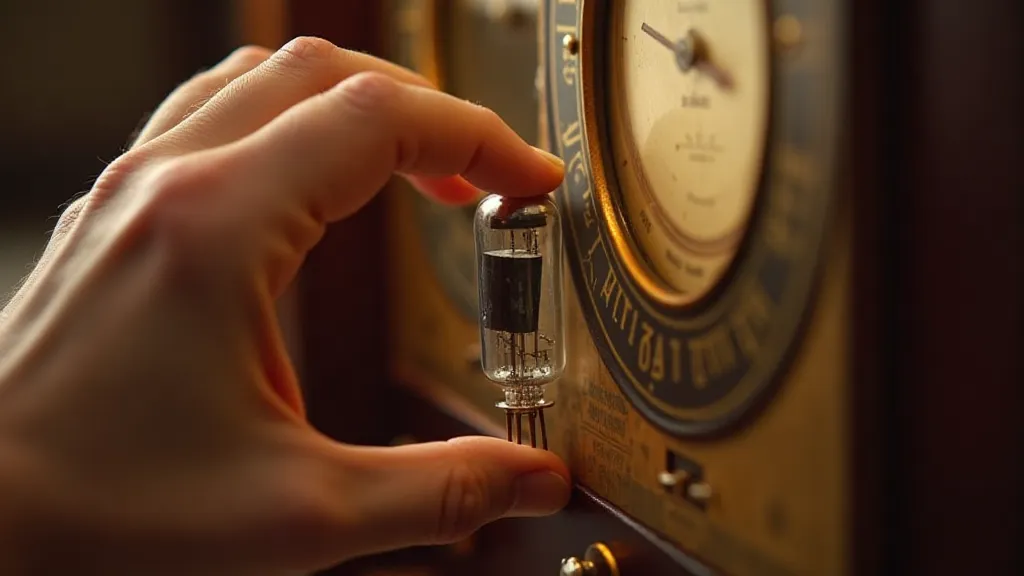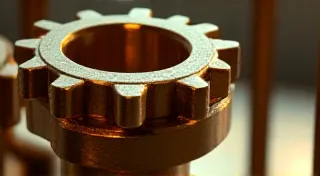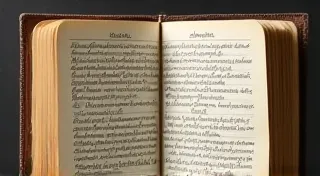The Ghost in the Filament: Unraveling Lost Voices Through Tube Testing
There’s a quiet magic inherent in antique radios. Beyond the hum of transformers and the crackle of aging capacitors lies a deeper resonance—the echo of voices, of music, of lives lived alongside these machines. They aren't just pieces of technology; they are time capsules, imbued with the cultural atmosphere of a bygone era. And within those time capsules, nestled within the warmth-giving glass and metal, are vacuum tubes – the ghosts in the filament, holding fragments of those lost voices.
My own fascination began, predictably, with a dusty Zenith Stratosphere in my grandfather’s attic. It was silent, of course. Most antique radios are. But I remember the allure—the Bakelite cabinet gleaming under the single shaft of sunlight, the intricate dials hinting at a complexity I barely understood. He’s gone now, but I can almost smell the camphor and old paper of that attic, hear the faint ticking of a grandfather clock. The radio felt like a tangible link to him, and to a world he inhabited before I was born. Restoring it became more than just a technical project; it was an act of remembrance, a way to resurrect a fragment of his memory.
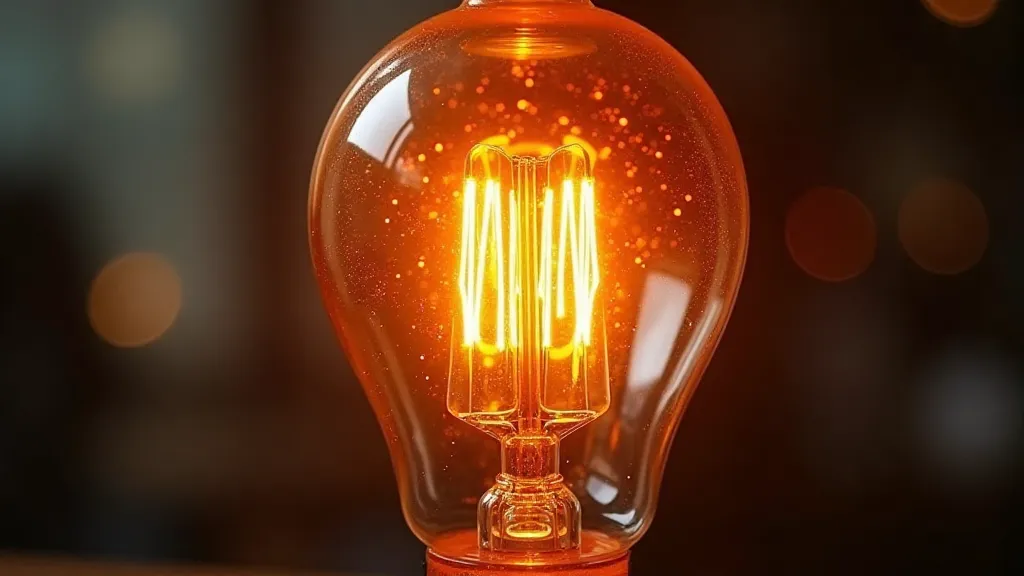
The Heart of the Machine: Understanding Vacuum Tubes
For those unfamiliar, vacuum tubes – also known as electron tubes or valves – were the fundamental building blocks of radio and audio equipment from the early 1900s until the advent of transistors in the 1960s. They act as amplifiers and switches, manipulating electrical signals. Think of them as tiny, controlled vacuums that allow electrons to flow in a specific way, creating the sounds we hear and enabling the transmission of radio waves.
The construction itself is a testament to craftsmanship. Each tube is a carefully assembled microcosm of engineering, involving painstaking processes. The glass itself had to be precisely formed, the filament meticulously wound, the electrodes precisely positioned. Each component’s tolerances influenced its performance. The aesthetic is equally striking—the elegant curves, the warm glow when powered, the satisfying click when inserted into a socket. They’ve been largely replaced, of course, but the legacy of these tubes remains. The skill involved in manufacturing them speaks volumes about a time when quality and durability were prioritized over mass production.
Beyond Functionality: The Cultural Echoes
But testing a vacuum tube isn’t simply about determining if it’s "good" or "bad." It's about connecting with the history it holds. Each tube was part of a circuit designed to deliver specific sounds – a broadcast of President Roosevelt's fireside chat, the soaring melodies of a big band, the comforting voice of a distant loved one. Imagine the families gathered around these radios, sharing moments of joy, sorrow, and connection. These machines were often central to the family life of the period. The radio represented the outside world.
When a tube fails, it isn't just a component that’s broken; it's a thread in that narrative that’s been severed. Restoring the radio, and replacing the faulty tube, is a way to mend that thread, to bring that narrative back to life. It's a small but meaningful act of preservation.
The Art of Tube Testing: Equipment and Techniques
Testing vintage radio vacuum tubes can be surprisingly straightforward, although it requires some basic equipment. A dedicated tube tester is the gold standard, offering a comprehensive assessment of the tube's characteristics, including emission, shorts, and gain. These testers were common in repair shops and radio stores back in the day, and while they can be expensive and sometimes require maintenance themselves, they provide valuable data.
However, even without a dedicated tube tester, a visual inspection and some simple checks can reveal a lot. Look for signs of damage—cracks in the glass, discoloration, or bulging. A simple multimeter can be used to check for shorts and emissions. Many online resources and vintage radio forums offer detailed guides on performing these basic tests. The information can be surprisingly easy to find!
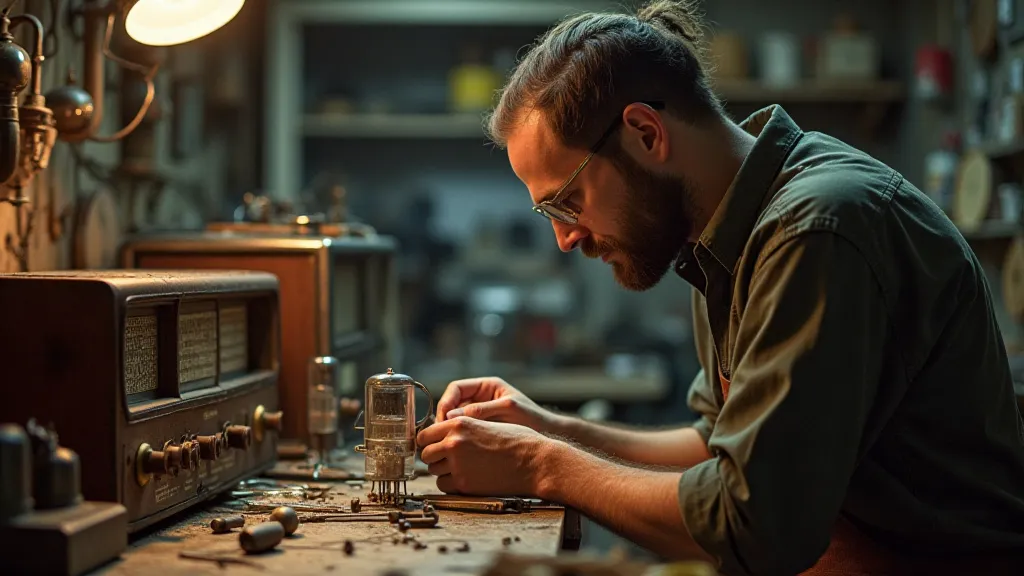
Resourcefulness and The Search for Originality
Finding replacement tubes can be a challenge. Original tubes are often expensive and may be nearing the end of their lifespan. NOS (New Old Stock) tubes, untouched since their original production, are highly sought after, but can significantly increase the cost of restoration. Sourced NOS tubes are considered by many to be a higher quality option for restoration projects.
Alternatively, re-manufactured or “re-issue” tubes offer a more affordable option. While these tubes may not possess the exact sonic qualities of original tubes, they can often provide a reliable and long-lasting solution. Understanding the nuances of these different options is crucial for anyone undertaking a vintage radio restoration project.
More Than Just a Hobby: A Connection to the Past
Testing and restoring vintage radio vacuum tubes isn't just a hobby; it's a way to connect with the past. It's a chance to appreciate the craftsmanship of a bygone era, to understand the technology that shaped our world, and to preserve the cultural echoes embedded within these remarkable machines.
It’s a meditative process, requiring patience, attention to detail, and a genuine respect for the history that each tube represents. It’s a way to keep the voices of the past alive, to ensure that the stories they told continue to be heard.
Perhaps, the next time you encounter a dusty antique radio, take a moment to consider the ghosts in the filament—the silent witnesses to a world that no longer exists. And who knows, maybe you're the one destined to bring those voices back to life.
